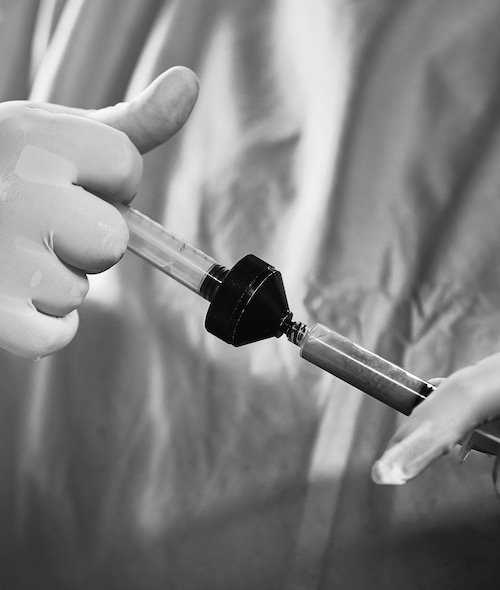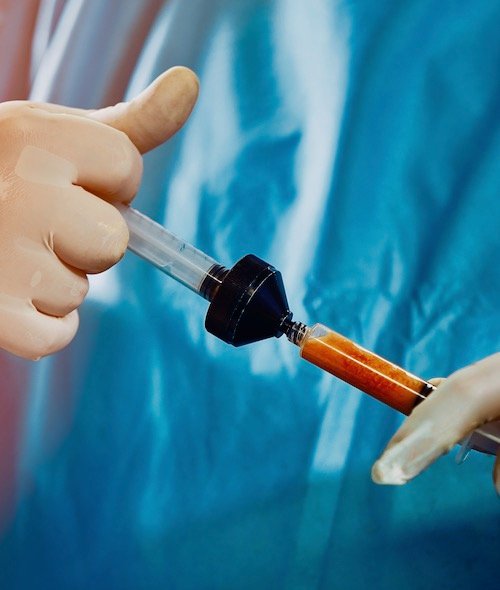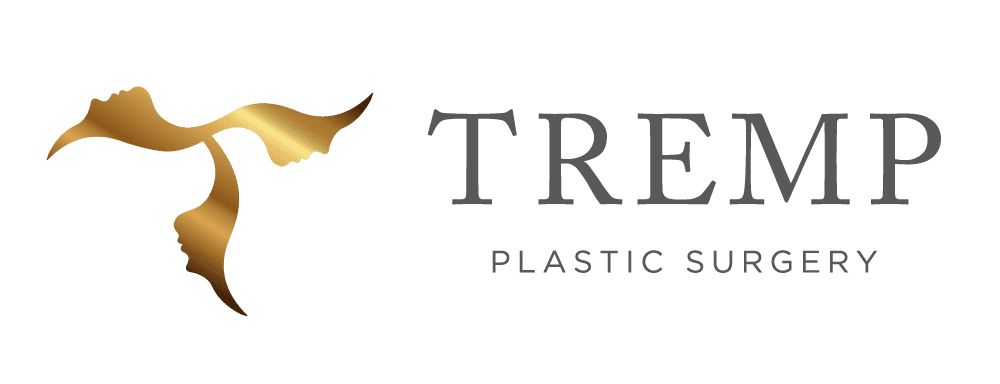- About
- Face & Skin
- Cellulite treatment
- Excessive sweating in women and men
- Facial and skin treatments
- Facial Surgery
- Hydrafacial treatment
- IV drips (vitamin infusions)
- Laser treatment
- Lip Lift
- Mesotherapy (skin structure )
- Special Offers by TREMP PLASTIC SURGERY
- Treatments with Skin Ceuticals
- Wrinkle and facial treatments with botulinum
- Wrinkle and facial treatments with filler
- Face
- Breast
- Body
- Offers
- Blog
- Contact
- EN
- DE
Autologous fat treatment (or fat grafting) is ideal for restoring volume, highlighting certain parts of the body or refining the appearance of the skin. The treatment is so-called “minimally invasive”, i.e. the operation is performed without much scarring. Liposuction is used to remove the fat. The fat is then prepared and injected into the desired region.


Which regions can be treated with autologous fat?
A typical treatment region is the face, where cheek area, lips, eye region, mouth region or even temple area can be treated. But also for the back of the hands, buttocks(so-called Brazilian Butt Lift), breasts or intimate area fat grafting can be performed. Different types of fat are used:
Micro or macro fat for adding volume, nano fat for refining skin formation and eliminating fine lines. Nanofat is also ideal for dark circles under the eyes.
Other typical treatment regions are: Back of the hand; buttocks, chest; calf region, or intimate area.
From where can the fat be taken?
The fat can be taken from any part of the body and usually large amounts are not required. Classic extraction sites are the abdominal region, inner thigh area or flank region.
Can the autologous fat treatment be combined with another operation?
Very often, autologous fat treatment is combined with a surgical face lift. Likewise, autologous fat treatment can be combined with a breast or buttock implant. Through this so-called “hybrid method”, a smaller implant can be used, the autologous fat treatment then allows additional volume to be added and irregularities to be compensated for.
What are the risks of fat grafting?
Basically, the risks are very low, such as organ injuries, infections or postoperative bleeding. A feeling of numbness after the operation is normal and will usually recover in the following months. Irregularities, hardening or dimpling can still occur after the operation and are treated with manual lymphatic drainage or ultrasound.
What do I have to consider before the operation?
It is imperative that you completely stop nicotine consumption 3 weeks before and after the autologous fat treatment. In preparation for the fat transplantation, manual lymphatic drainage can be performed or the recipient area can be pre-treated with a vacuum device (cupping treatment). The weight should also be in the ideal range or close to the desired weight. We will routinely arrange for an ultrasound of the breast before the operation.
Does the fat stay forever or how much dissolves again?
In the first six months after the treatment, about 30 – 70% of the fat volume dissolves again. After that, the remaining fat volume remains forever, provided that the weight remains stable.
Which method is used for fat extraction?
Liposuction is performed either with the so-called water jet technique or with a manually operated suction syringe using a handpiece.
Can the autologous fat treatment be repeated?
Depending on the treatment region and due to the different dissolution rates, we recommend, for example, in the case of autologous fat treatment of the breast, a second treatment no earlier than 3 months after the first treatment.
Is there an increased risk of cancer with autologous fat treatment of the breast?
Several studies have shown that autologous fat treatment is very safe and that there is no increased risk of cancer. For example, autologous fat treatment for breast reconstruction can be performed safely in patients who have undergone and completed breast cancer treatment. The further follow-up examinations must continue to be carried out unchanged; the autologous fat treatment has no influence on the radiological changes.
What is the fat grafting procedure?
The autologous fat treatment is very controlled and the doses are administered very precisely in different layers. The operation is usually performed in the operating room, either in twilight sleep or under general anesthesia. In most cases, fat grafting alone can be performed on an outpatient basis; in the case of combined procedures, an overnight stay may be advisable.
The autologous fat treatment is very controlled and the doses are administered very precisely in different layers. If your stay is outpatient, you will be allowed to leave the clinic about 1 hour after the operation, provided you are well.
What do I have to keep in mind after the operation?
In order to reduce the resorption volume of the fat transplantation to a minimum, physical rest is essential for the first three weeks after the operation. In addition, you will receive a compression girdle from us for the liposuctioned region, which must be worn consistently for about 4 weeks.
Can I use my fat as my own nanofat face cream/biocream?
This option exists and is an excellent addition after your facial treatment. In this process, a highly effective nanofat face cream is made from your own nanofat. This personalized face cream is highly effective in regenerative substances and should be applied twice a day for 4 weeks after the facial treatment.

